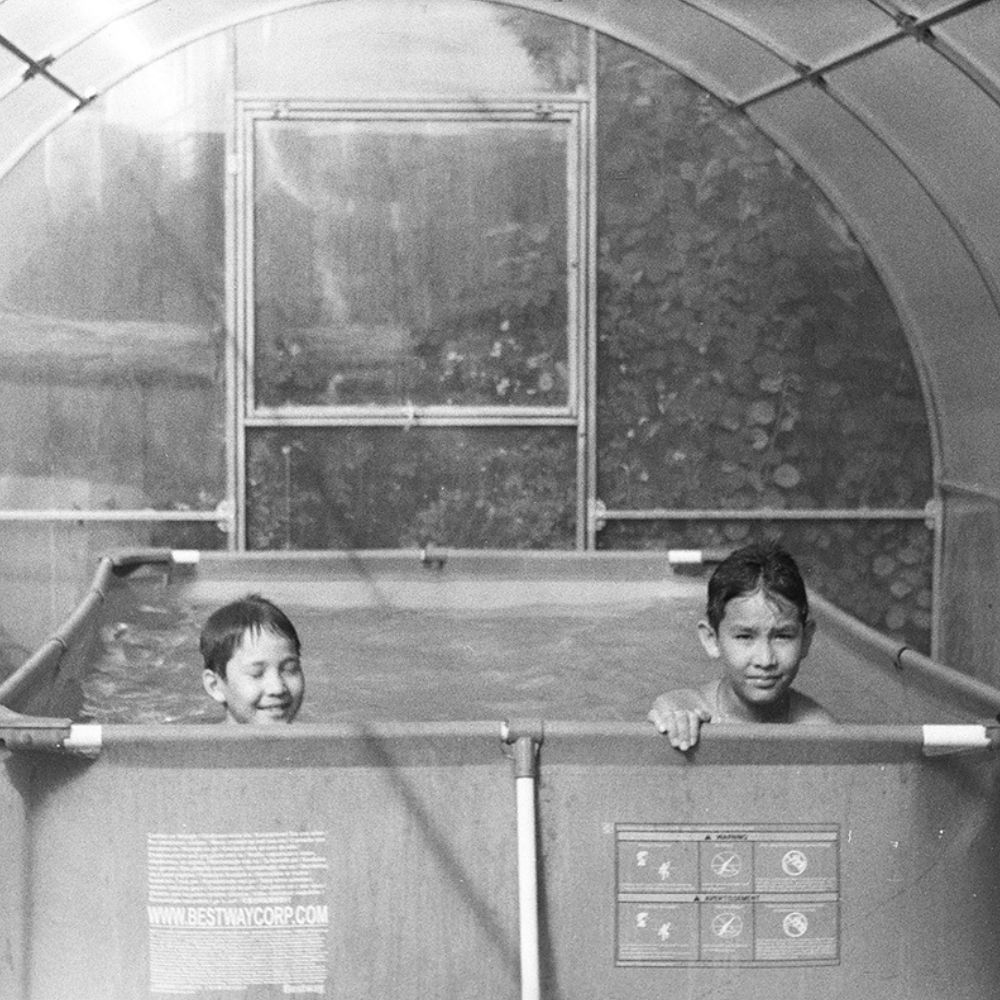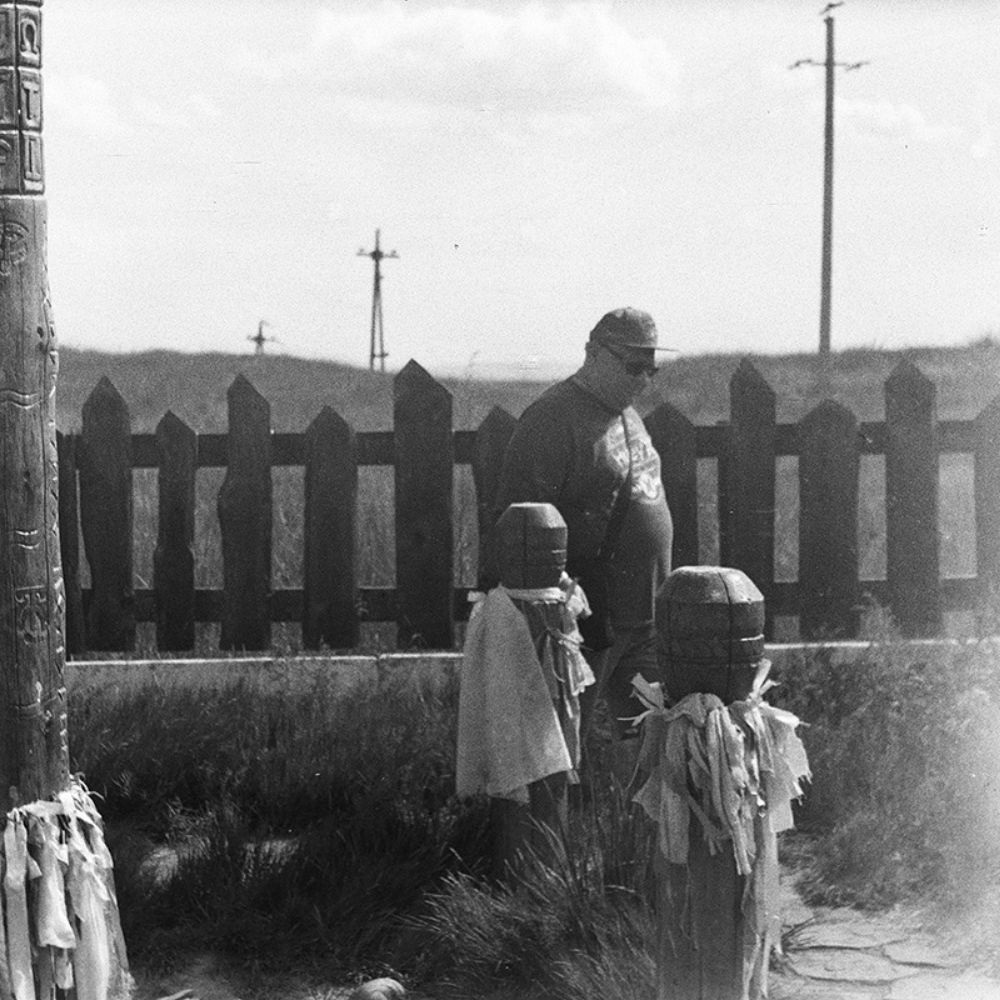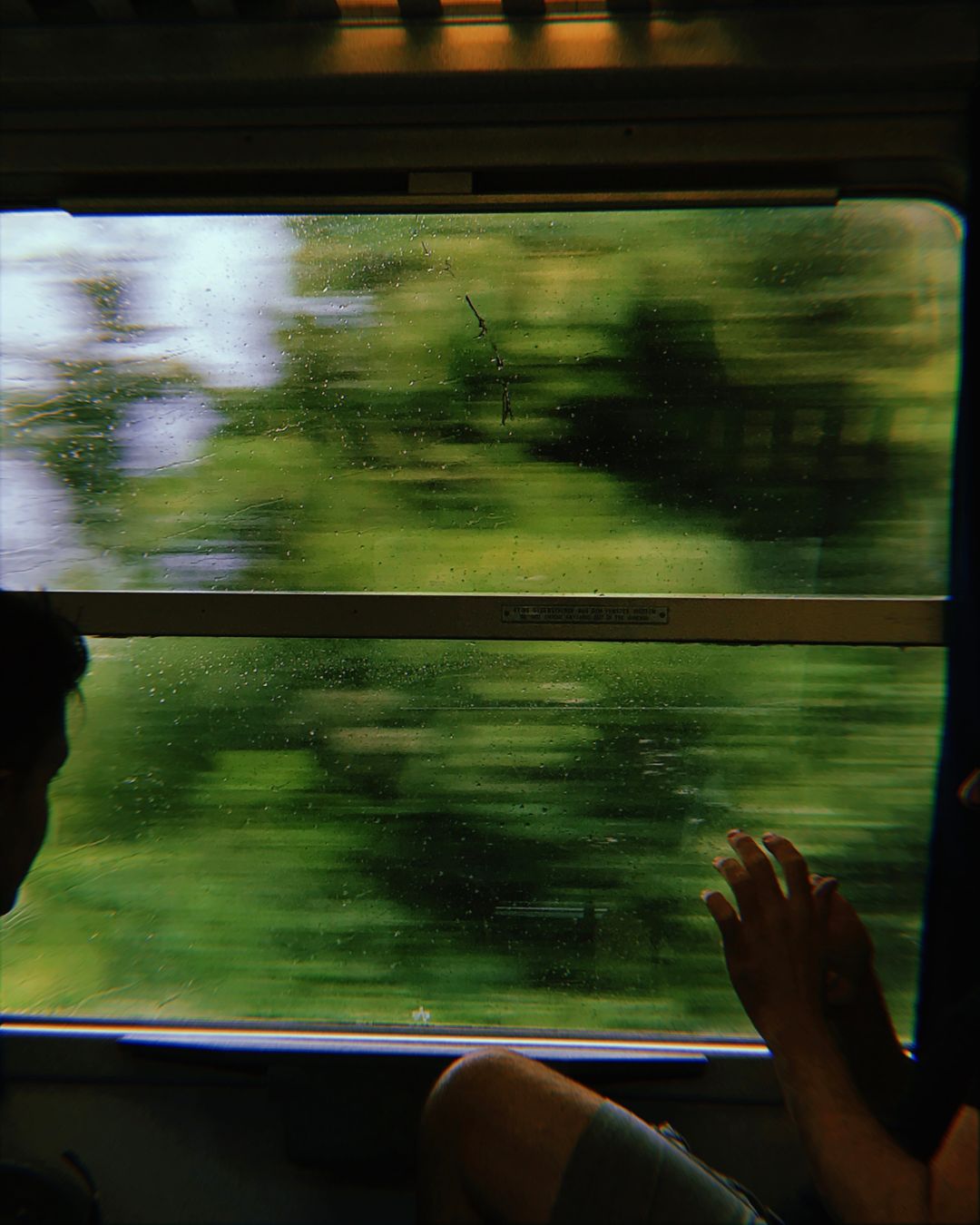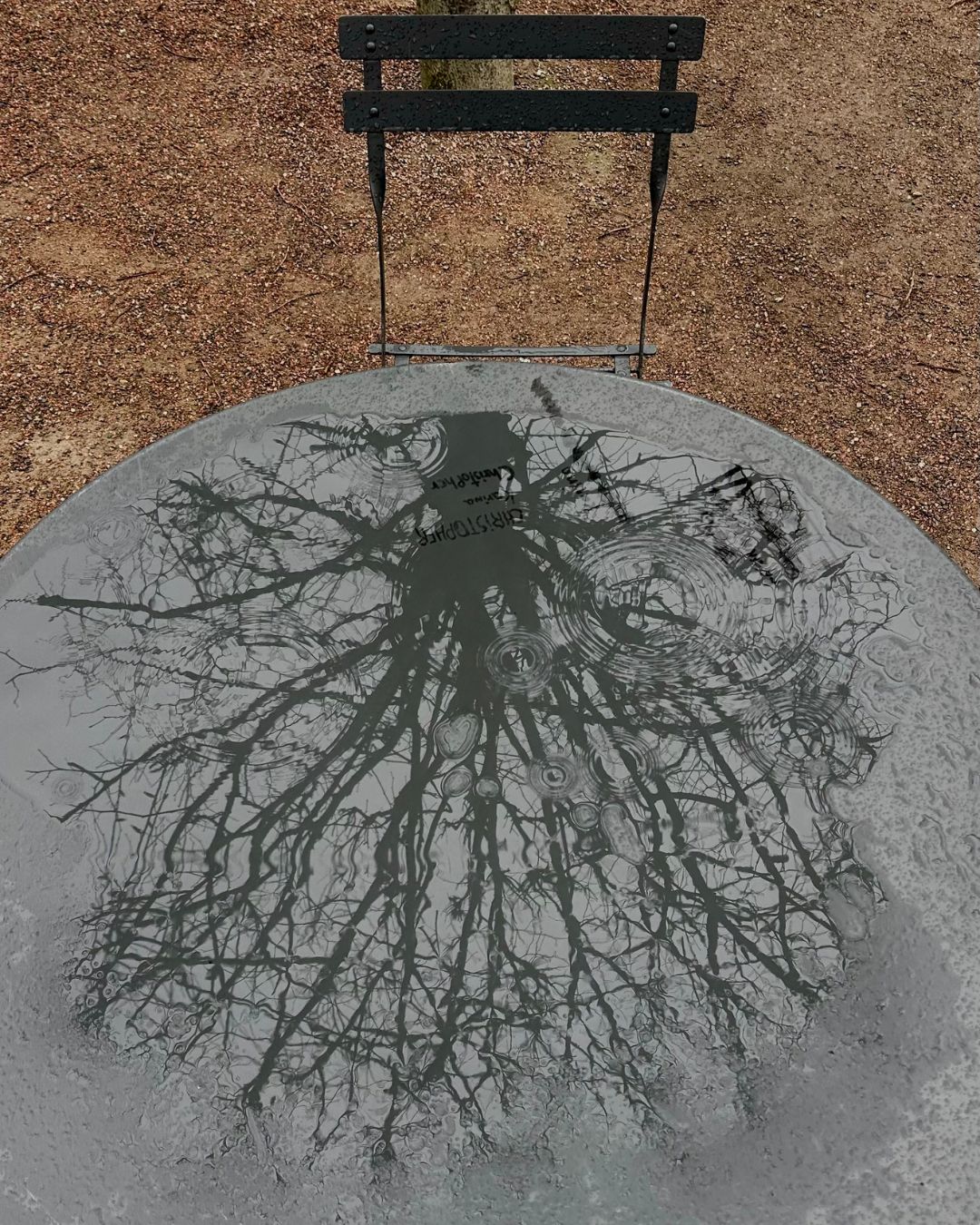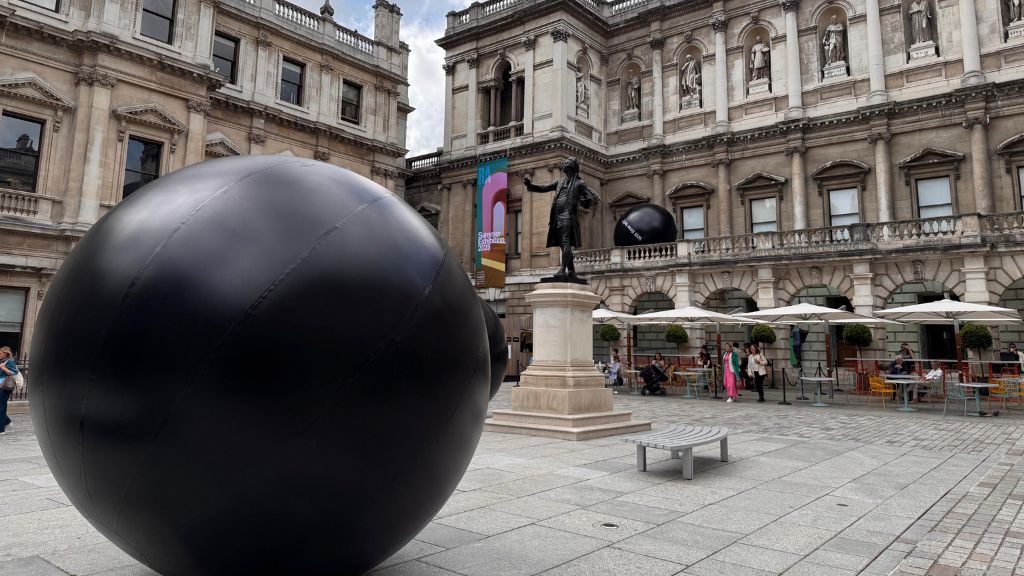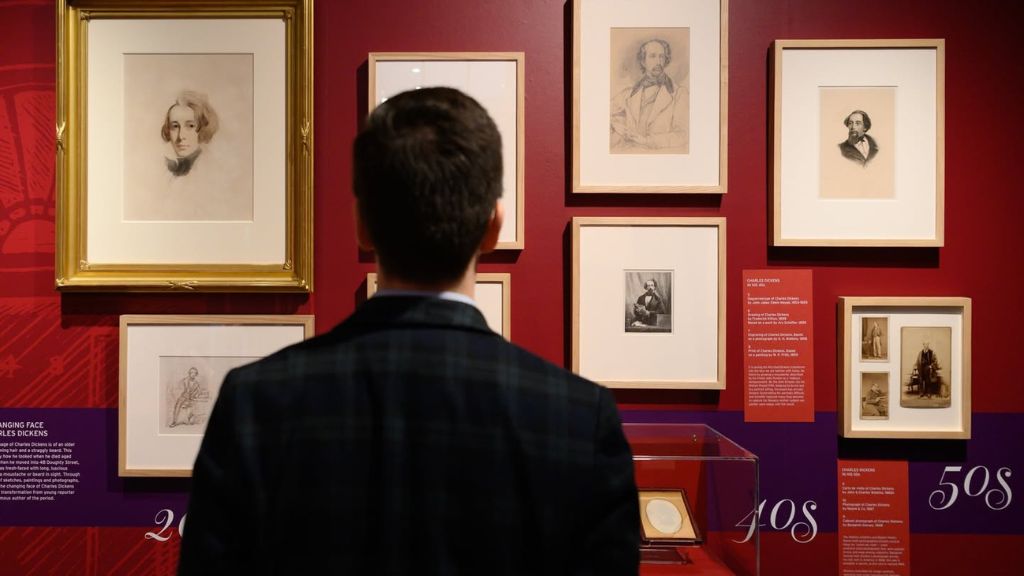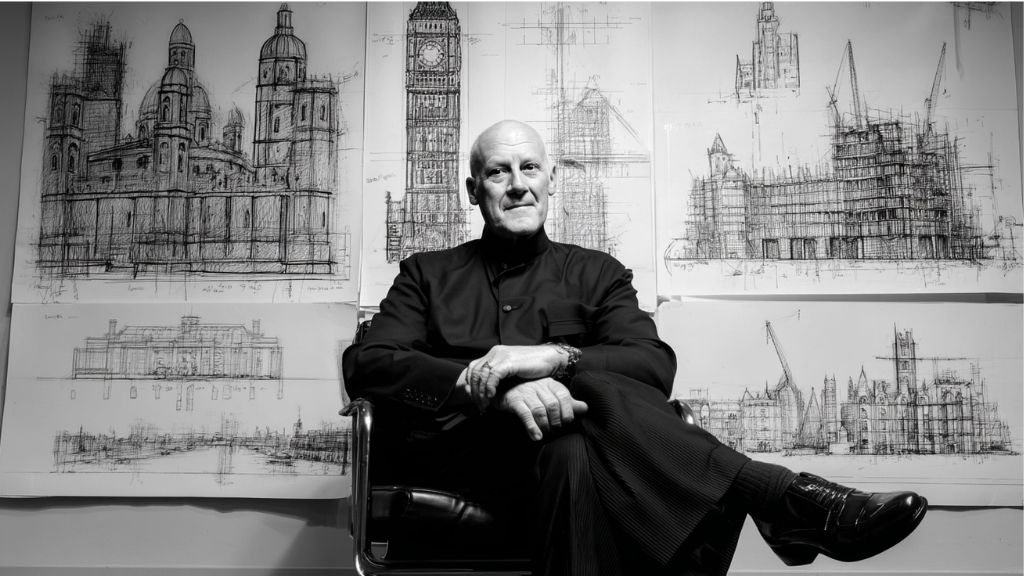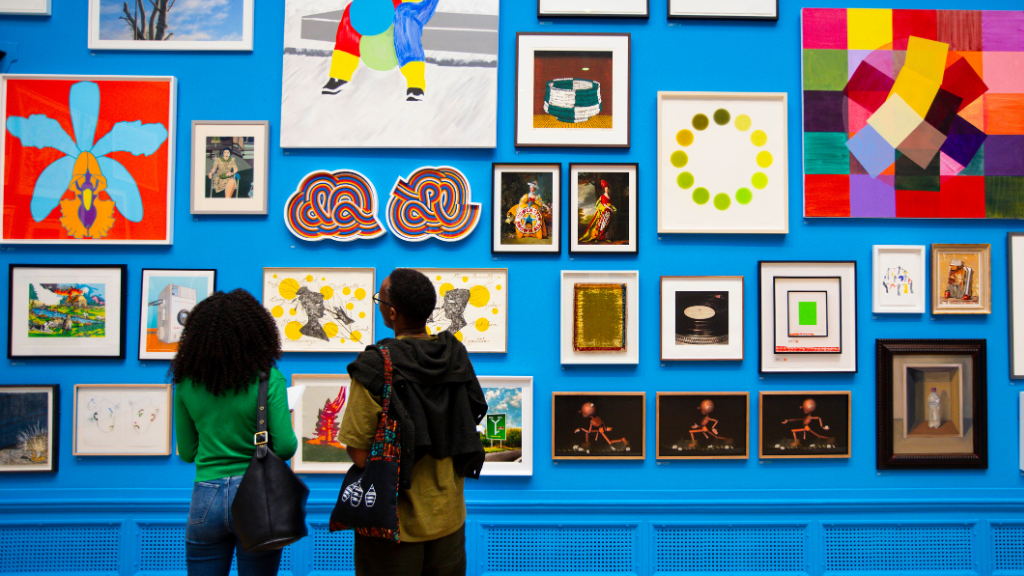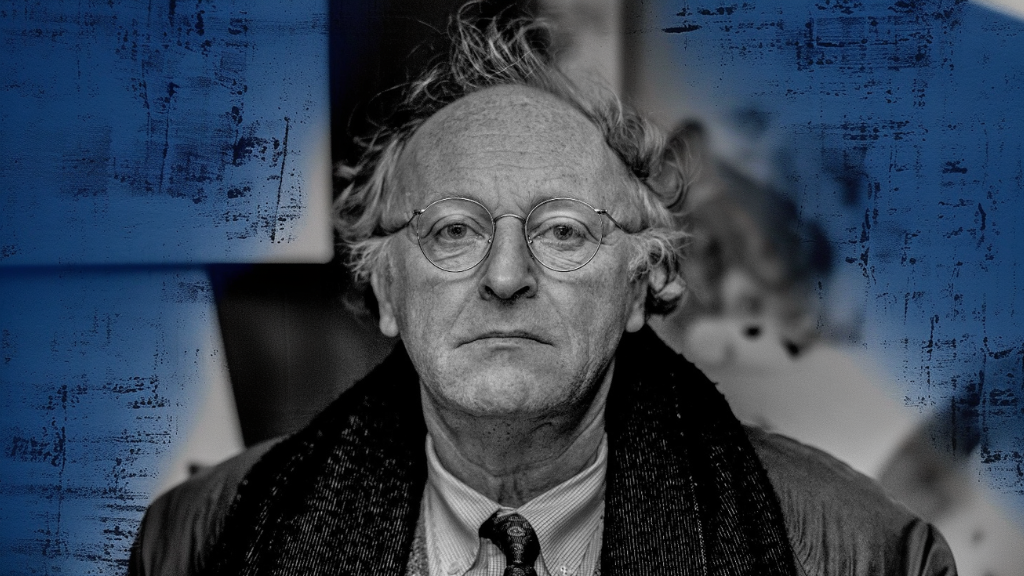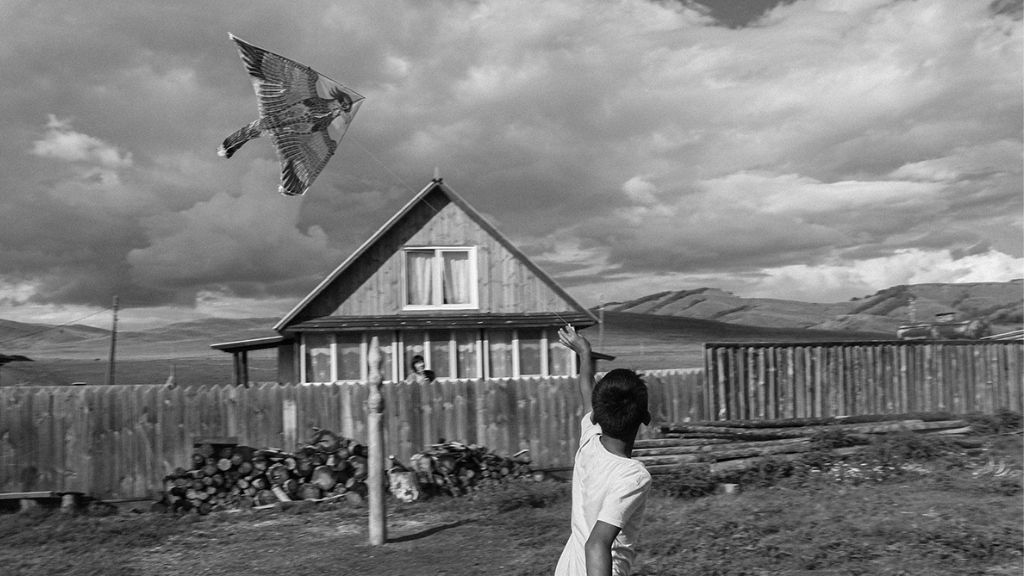
Three views from the outside: how artists reflect on the urban reality around them
In today’s Afisha.London magazine selection, all three artists are multicultural — born in Russia, they have studied and lived in Britain, and their work combines the perspective of the pilgrim and the inhabitant of the land. But each of them looks at urban life in a very special way, refracting the life of the city through themselves as if through a prism, and reflecting on people in their environment.
Alisa Golovkina, photography
The artist Alisa Golovkina explores through photography the essence of human relationships in their immediate everyday existence. To achieve this, she applies the technique of direct photography, which does not hide the observer, but rather makes him a participant, an equal member of what is happening. This technique takes the viewer out of the usual context of museum distance, forcing them to interact with what they see and not to look away.
In Alisa’s works, shot through a wide-angle lens in maximum close-up, we see the lives of ordinary people unfolding before us, without the interruption of posing. It is as if we have known these people for a long time. Or perhaps we have lived with them for a while, on an equal footing with the artist. This manner of shooting is in the tradition of many photographers, from Lyalya Kuznetsova to Nan Goldin, who spent a lot of time with their heroes, or photographed their surroundings.
- Photo: Alisa Golovkina
- Photo: Alisa Golovkina
Thanks to the chosen medium and emphasised reportage photography, we experience the feelings of those directly involved in what is happening, immerse ourselves in the lives of the characters. Proximity and disconnection, human relations with oneself and with society: this is the subject of the artist’s research. Lack of glamour, visual dialogue with her heroes, and at the same time excellent composition bring Alisa Golovkina’s works closer to the classics of black-and-white photography.
Victoria Skutina, photography
In Victoria Skutina’s paintings it is not easy to understand what city or country it is, or even what time it is – in the space around her, be it Italy or the United Kingdom, the artist concentrates not on subjects or characters, but on rhythm, line and colour. Her works are meditative, almost abstract; the city appears in them as a deserted scene full of colour and paint, loneliness and silence.
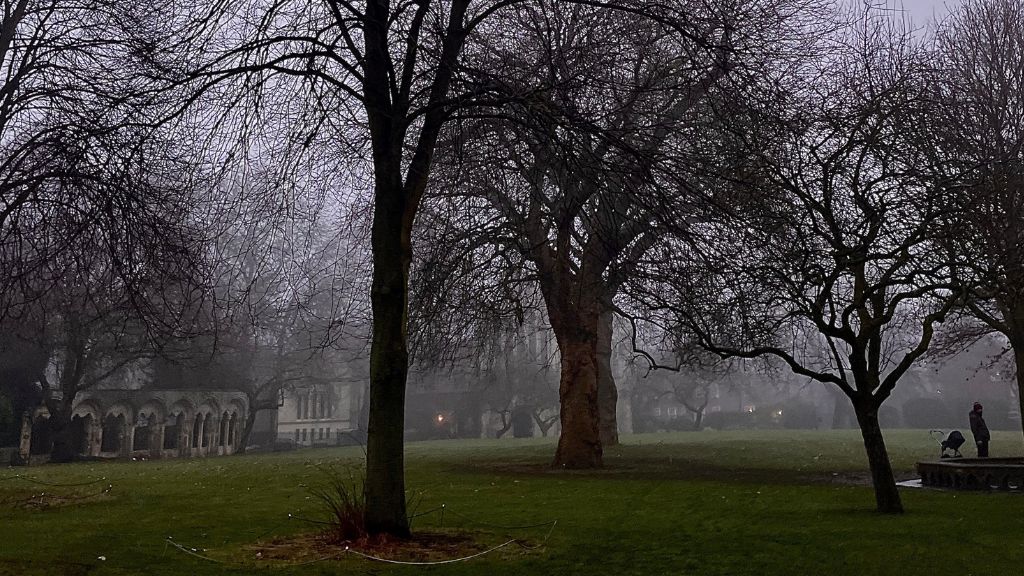
“Mystic mist”, Cambridge, 2024. Photo: Victoria Skutina
Victoria paints with her lens like a brush, finding a point of peace in the urban landscape and capturing it in her images, which are deceptively simple in form. The artist’s focus is not on the complexity and technicality of the image, but on conveying the atmosphere of the urban environment. Her chosen technique for conveying this state of mind is spare, minimalist imagery, devoid of detail or specificity, devoid of signs of time and circumstance, almost Zen-like in its imagery.
Looking closely at Victoria’s work, it is no mistake to assume that the hero here is space, not the people who inhabit it. The trees in the park, the reflection in a puddle of water and even a noisy train become oases of silence in her works, conveying the quiet, contemplative solitude of the artist, or perhaps of any person in the urban environment. Victoria Skutina seems to be exploring them specifically.
- “Reminiscing Summer”. Photo: Victoria Skutina, Italy, 2019
- “Crying Tree”. Photo: Victoria Skutina, London, 2024
Varvara Shvetsova, video art
The Blue Tooth by Varvara Shvetsova explores the ghostly presence in the urban environment of a building called Zenith (Blue Tooth is its popular name). Once upon a time, this harsh brutalist structure in south-west Moscow was built on a grand scale as an academic centre, a five-star hotel and an office. The ‘Blue Tooth’ projects embodied the city’s architectural ambitions of the 1990s. But like many perestroika projects, it crashed and froze, becoming a skeleton of a building, a monument to collective memory and a strange, lingering experience of post-perestroika stagnation.
The technique chosen by Shvetsova – alternating between archival footage and footage of the façade’s destruction made in 3D – emphasises and allows one to live through a state of timelessness and lostness. On the basis of the building, the artist explores collective and personal memory, identity eroded by time, and unfulfilled roles in society that can no longer be maintained. Varvara’s choice of theme is not accidental – for the artist, the building is also connected to personal experience, thus further expanding the interpretative space of the work and capturing also the elusive and decaying memory of childhood.
The work was exhibited as part of Unity in Fragmentation at Candid Arts in 2024.
Cover photo: Alisa Golovkina
Text: Egor Stanichevsky Artist, Art critic, Berliner
Read more:
Celebrating 225 years of Pushkin: the epigrams that shocked society
The great and terrible English pirates: the romanticised image of sea wolves
No more freebies: London museums might reinstate admission fees
SUBSCRIBE
Receive our digest once a week with quality Russian events and articles

